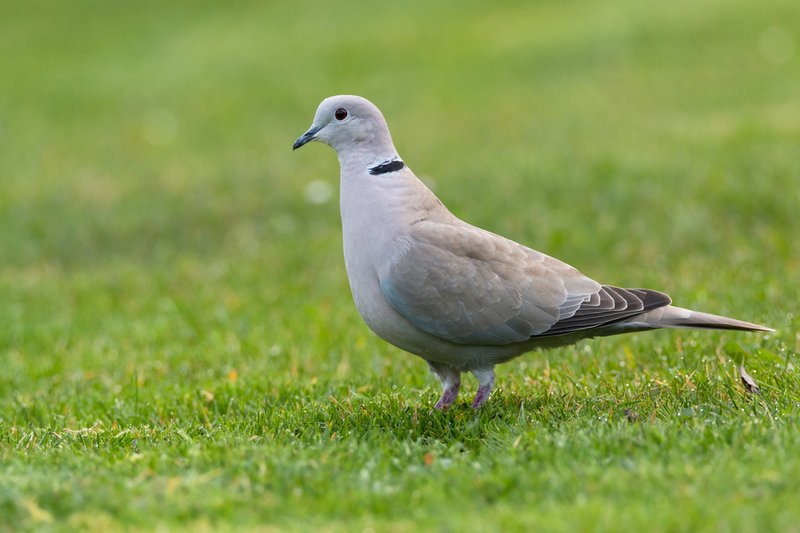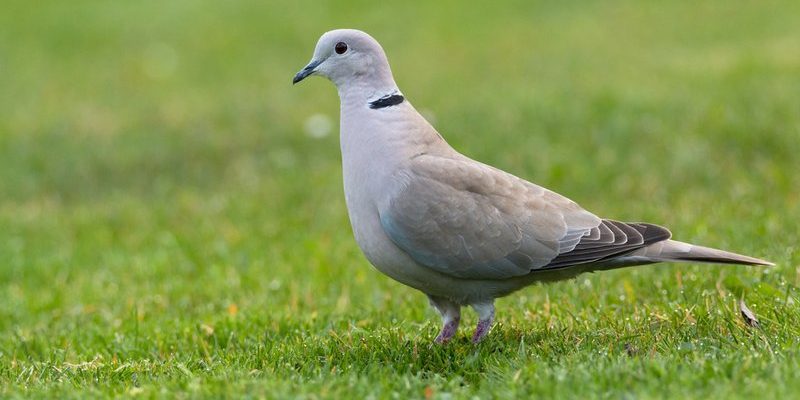
Imagine standing in a tranquil park, the sun shining, and you hear that soothing cooing drifting through the air. It’s not just background noise—every sound has a meaning. Whether it’s a soft call that sounds like a gentle lullaby or a more persistent “coo-coo,” these vocalizations can reveal a lot about the birds’ behaviors and emotional states. And if you’ve got a passion for birdwatching or simply enjoy nature, understanding their calls can enhance your experience.
Understanding the Basics of Eurasian Collared Dove Sounds
Eurasian Collared Doves have a few main types of vocalizations, each serving a different purpose. Most commonly, they produce a cooing sound followed by a patterned sequence. It’s a little like the chorus of a song—each note has its place and meaning. For instance, the soft “coo, coo” can indicate contentment or a call to a mate.
Another typical vocalization is the “coo-COO-coo” which is often used during mating season. In the bird world, this is like singing your love song. It’s their way of attracting a partner and showing off their vocal prowess. If you hear this call, you can bet that love is in the air!
What Each Vocalization Means
Let’s break down the primary sounds you might hear from the Eurasian Collared Dove and what they signify:
- Soft cooing: This gentle sound signifies comfort and peace. It’s usually made when the dove feels safe in its surroundings.
- Mating calls: The rhythmic “coo-COO-coo” signifies attraction, signaling to potential mates that they are ready to pair up.
- Alarm calls: A series of rapid, sharp coos often means danger is nearby. You might notice this when a hawk or other predator approaches.
Each of these vocalizations serves a purpose in the dove’s social life. Think of it as their way of expressing emotions or communicating with others. Just like how we might raise our voices when we’re excited or lower them when we’re calm, doves adapt their sounds to fit the situation.
Recognizing the Differences
Identifying the various vocalizations of the Eurasian Collared Dove can take a bit of practice, but it’s totally doable! Here’s a quick guide to help you out:
– Contentment sounds: Soft, repetitive cooing.
– Courtship calls: A more elaborate sequence, often louder and more pronounced.
– Alarm calls: Quickly repeated coos that sound tense or urgent.
As you become more familiar with their sounds, you’ll start to notice patterns and situations where different calls are used. It’s a bit like learning a new language—you get better with time and practice!
Why Vocalizations Matter
Understanding these vocalizations gives you insight into Eurasian Collared Dove behavior and social dynamics. For bird watchers, it’s not just about spotting the birds; it’s about understanding them. Knowing what they’re saying can enhance your experience and help you appreciate their role in the ecosystem.
Moreover, recognizing the sounds can help you determine the environmental health of your area. Doves are often indicators of a balanced ecosystem, and a decline in their vocal activity might signal changes in the environment. So, the next time you hear a dove’s call, you might just be tapping into something much bigger than the bird itself.
Engaging with Eurasian Collared Doves
If you want to observe these fascinating birds up close, consider setting up a bird feeder or a water source in your garden. Doves are often drawn to areas where food and water are available. You can also prepare for their vocalizations by simply sitting quietly in your backyard. Bring a book or your favorite drink, and just listen. You might be surprised at how much you can learn by tuning in to their sounds.
When you hear a dove, try to identify the type of vocalization you’re hearing. Is it a content coo or something more alarmed? Over time, you may find that you can distinguish between different doves just by their calls!
The vocalizations of the Eurasian Collared Dove are more than just pretty sounds—they’re a window into the complex lives of these charming birds. By understanding their calls, you can appreciate the subtle nuances of their communication, deepen your connection to nature, and enrich your birdwatching experience.
So next time you hear that sweet cooing, take a moment to listen. You might find that these vocalizations tell stories of love, warnings, or simply the joys of everyday life. Embrace the sounds, and let them carry you into the fascinating world of the Eurasian Collared Dove!

